Recently introduced LED technologies that optimize the exact colors of light output and spread light more evenly across the plants below extend the benefits of LEDs in horticulture even further.
Revolutionizing Growth: How Advanced Lighting Solutions are Transforming Vertical Farms and Greenhouses
Article from | Cree LED
Lighting designed specifically for horticulture use provides significant benefits for the plants and, with the right light source, can optimize power consumption and reduce growers’ costs. Today, the most efficient lighting comes from light-emitting diode (LED)-based luminaries. However, recently introduced LED technologies that optimize the exact colors of light output and spread light more evenly across the plants below extend the benefits of LEDs in horticulture even further. With its unique position in high-performance LEDs, Cree LED has a special focus on horticulture lighting and a commitment to the horticulture industry. Before discussing horticultural LED products, a little background information about horticulture lighting in general is required.
Horticulture Lighting
According to the DesignLights Consortium (DLC), a non-profit organization focusing on lighting controls, North America’s increasing demand for locally produced food combined with the legalization of medical and/or recreational cannabis and the desire for resilient supply chains are fueling the growth of controlled environment agriculture (CEA) [1]. For these applications, light-emitting diodes or LEDs have higher efficiency and greater versatility than previously used metal-halide, fluorescent, high-pressure sodium (HPS) or neon lamps. This means the availability of more usable light energy to the plants for a given power load. In addition, the lighting can be customized and optimized for the specific needs of different types of plants and provide growers with cost reduction options.
With more precise control over the lighting spectrum than previously possible, LED technology ushers in a new era of CEA lighting. Higher efficiency levels than ever before mean new business models can be created --- enabled by the energy savings. Horticultural researchers have been actively pursuing what improvements can be achieved and how the required changes can be implemented.
As a result of researchers’ efforts, improved spectral control has led to many new discoveries about how different plants respond to different types of lighting. Some plants thrive under high efficiency, narrow spectrum lighting, while others require broad spectrum lighting to maximize yields. For example, researchers report that monochromatic red (R) and blue (B) lights are not suitable for growth, pigmentation and biophysical properties of the electron transport chain of basil plants [2]. However, in both purple and green basil varieties, a combination of R and B lights (especially 70R30B) caused favorable growth, pigmentation and improved the fluorescence parameters of basil plants.
Proper plant growth provides financial growth. In North America, cucumbers, tomatoes, peppers, leafy greens and strawberries will have an estimated value of as much as $8 billion by 2026 [3]. In 2021, greenhouse-grown production only accounted for an estimated 20% of total North American production of $5 to $6 billion. So, the plant growth market is ripe for investment.
Unique Lighting Requirements for the Horticulture Industry
Today, the majority of LED components are designed for humans to see – from the lights in the kitchen, to the pixels in a TV or phone, to the lighting at a live music event. All of the measurements used for these LEDs are weighted by how the human eye perceives them. However, plants react to light in a fundamentally different way than human eyes. As a result, most of today’s available light sources contain wavelengths that are not important for plant growth or consume more energy than necessary.
Over the past 10 years, many clever manufacturers have developed systems for translating LED performance, provided in human vision terms, to horticulture luminaire performance. However, translation is difficult and imprecise. With horticulture becoming a large application for LEDs, this translation step can be bypassed. Different LED colors or combination of LED colors may be used during different growth cycles of plants, across different crop types and in varying growing environments.
A New Generation of High-Performance Horticulture LEDs
Photophyll™ Select LEDs are Cree LED’s breakthrough approach to fully characterize products in horticulture metrics, such as photosynthetic photon flux (PPF) and red PPF %, instead of lighting metrics, such as correlated color temperature (CCT) and color rendering index (CRI). These are the first LEDs to deliver an advanced spectrum that provides precise control over the green/blue ratio (GBR). Figure 1 shows the changes to green and red wavelengths and GBR targets. Green wavelengths (500-600 nm) are optimized and available in three nominal GBR targets. Red values have been reduced to a typical of 20% Red PPF. Minimized red content in Photophyll™ Select LEDs allows for maximum contribution from efficient 660 nm Photo Red LEDs and improves system PPF and PPF/W by 6% vs White + Red designs.
.jpg)
Figure 1: Cree LED Photophyll™ Select LEDs are optimized for high performance horticulture lighting.
Figure 2 shows the performance data for two reference luminaires, with one using standard LEDs and the other using Photophyll Select LEDs. LED parameters directly related to the light energy and spectrum received by the plants include PPF, which provides an indication of how much photosynthetically active radiation (PAR) is being created, photosynthetic photon efficacy (PPE), since it measures the lighting efficiency of a fixture and the green/blue ratio. The 2-dimensional design approach reduces the need for complicated spectral analysis and simplifies horticulture system design.
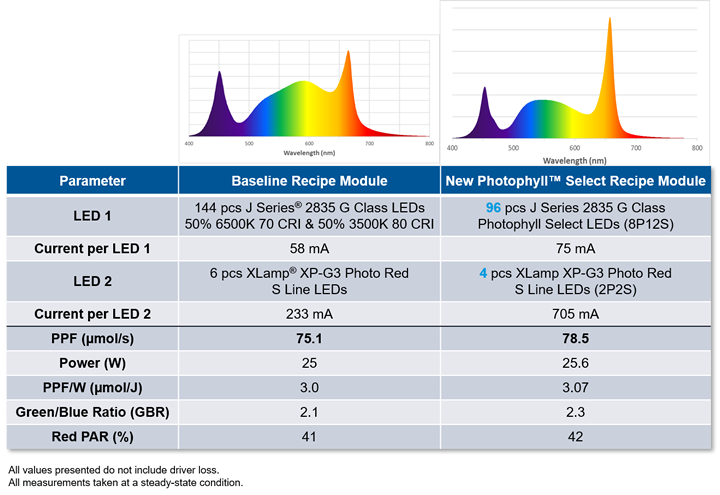
Figure 2: The performance of a Photophyll design vs a baseline design.
A reference design (shown in Figure 3 and Figure 4) utilizing 2 LED Channels, consisting of Photophyll Select + 660 nm Photo Red LEDs, demonstrates better performance (up to 6% efficacy improvement) and 33% lower LED count (for reduced system cost), while maintaining the same GBR and red % at the same input power. The higher performance of Photophyll Select LEDs means that luminaire designers can either:
- Improve their performance (output and efficiency) at the same LED cost or
- Reduce their cost (by using fewer LEDs) and maintaining the same performance (output and efficiency)
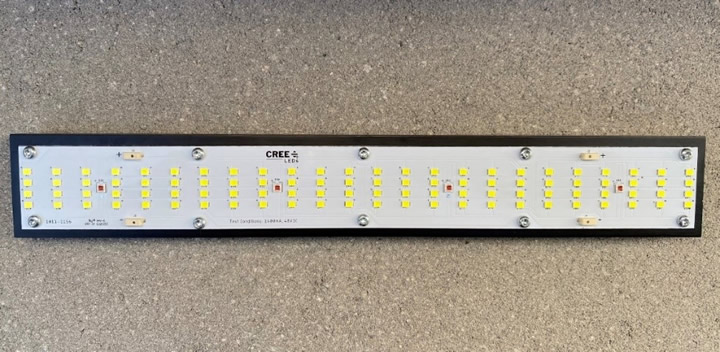
Figure 3: Photophyll™ Select reference design verifies plant growth and energy consumption.
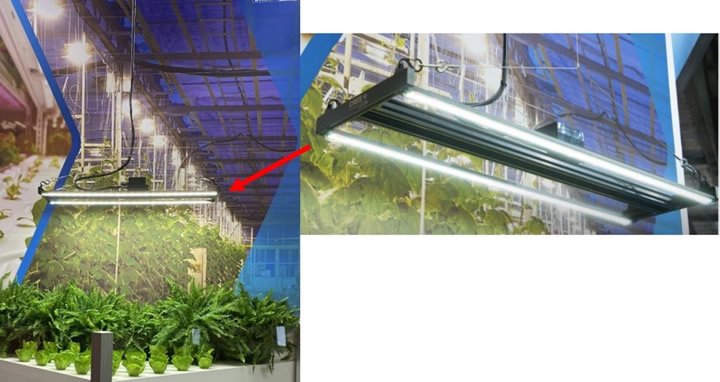
Figure 4: Demonstration of a Photophyll™ Select reference design luminaire
Continued Innovation for LED Horticulture Lighting
Beyond its Photophyll Select LEDs, Cree LED continues to improve all LEDs used in horticulture applications. For example, industry-leading efficiency LEDs are available for popular 3030 and 5050 plastic package sizes with new J Series JB3030C and JR5050C white LEDs. In addition, the 660 nm high power ceramic XLamp XP-G3 Photo Red S Line now features lower voltage and higher output.
Also, improved sulfur resistance has been implemented across Cree LED’s featured horticulture LEDs, including new S Line versions of XLamp XP-G3 White and Royal Blue, as well as XLamp XP-E2 Far Red LEDs. Whatever color or wavelength range is needed, Cree LED offers the widest range of LED colors available (see Figure 5).
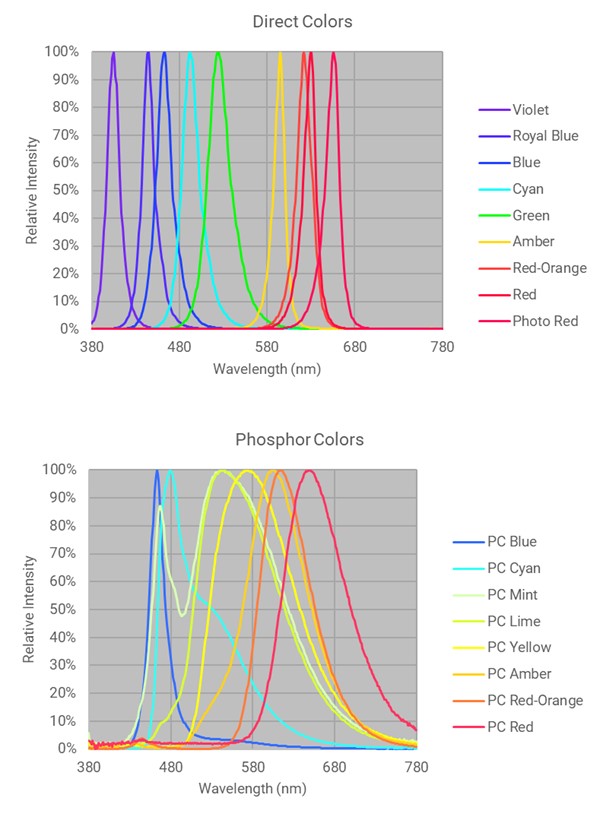
Figure 5: Spectral power distribution graphs of LED colors available from Cree LED show the wide variety of options.
Lastly, Cree LED now offers XLamp® Horizon LEDs featuring two horticulture beam angles, allowing luminaires to be mounted up to 40% closer to the plant canopy. This increases plant density while maintaining better lighting uniformity compared to standard LEDs. These LEDs also offer the highest level of sulfur and corrosion resistance and are available on 5 LED colors: White, Photophyll™ Select, Royal Blue, Photo Red and Far Red.
In vertical farming applications, Horizon LEDs can help fit more shelves of plants into an existing rack, resulting in increased revenue with lower overhead costs.
In current greenhouse applications, light distribution is managed at the luminaire level with secondary optics made of plastic or glass, which reduces light output and efficiency. If the LED component itself can shape the light output, overall luminaire efficiency increases, and luminaire costs decrease.
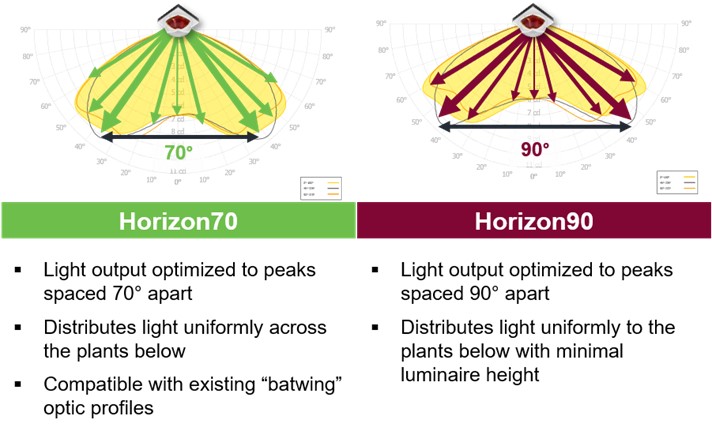
Figure 6: Horticulture beam angles available on XLamp Horizon LEDs benefit greenhouse and vertical farming operations.
The Future of Horticulture Lighting
With its unique and expanding portfolio of horticulture LEDs, including Photophyll Select and Horizon families, Cree LED offers the horticulture industry a one stop shop to achieve exceptional plant growth and optimize their investment. As horticulture researchers continue to find new ways for lighting to improve plant growth, Cree LED will be there to implement the changes in new horticulture-focused products. Cree LED experts expect to see the continued improvement of the overall PPE of horticulture LEDs. Since today’s horticulture LEDs are in the 50-80% efficiency range, there are still improvements that can be made to further increase luminaire efficiencies.
References
[1] Technical Requirements for LED-Based Horticultural Lighting Version 3.0 https://www.designlights.org/news-events/news/final-release-horticultural-technical-requirements-v3/
[2] https://www.ncbi.nlm.nih.gov/pmc/articles/PMC6522611/
[3] The Controlled Environment Agriculture Opportunity Is Ripe for Investment | L.E.K. Consulting. (2022, September 23). Lek.com. https://www.lek.com/insights/ei/controlled-environment-agriculture-opportunity-ripe-investment
The content & opinions in this article are the author’s and do not necessarily represent the views of AgriTechTomorrow

Cree LED
Cree LED offers one of the industry's broadest portfolios of application-optimized LED chips and components, leading the industry in performance and reliability. Our team delivers best-in-class technology and breakthrough solutions for focused applications in high power and mid-power general lighting, specialty lighting and video screens. With more than thirty years of experience, Cree LED develops products backed by expert design assistance, superior sales support and industry-best global customer service.
Other Articles
Horticulture LEDs and Photophyll™ Select LED
More about Cree LED
Comments (0)
This post does not have any comments. Be the first to leave a comment below.
Featured Product


